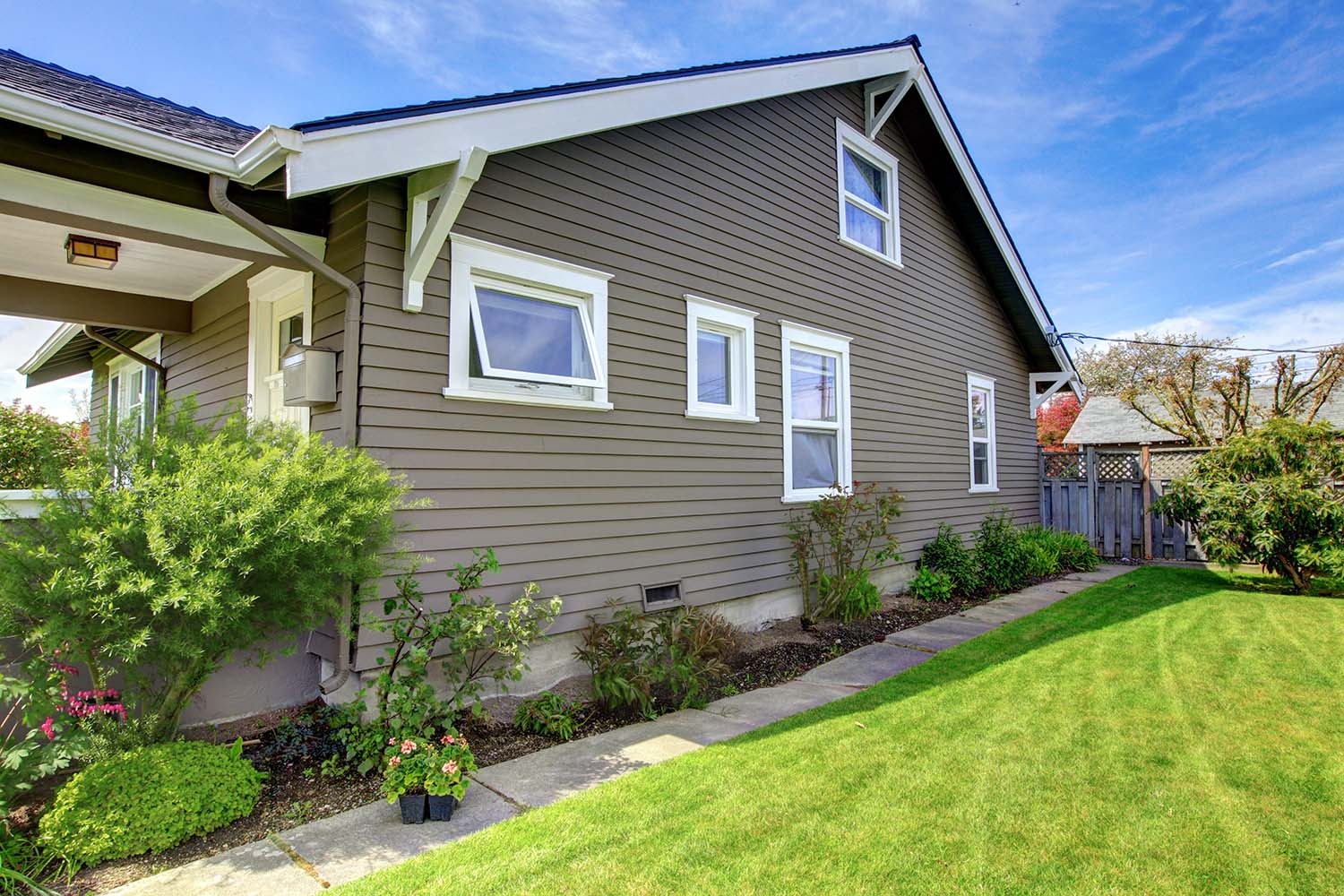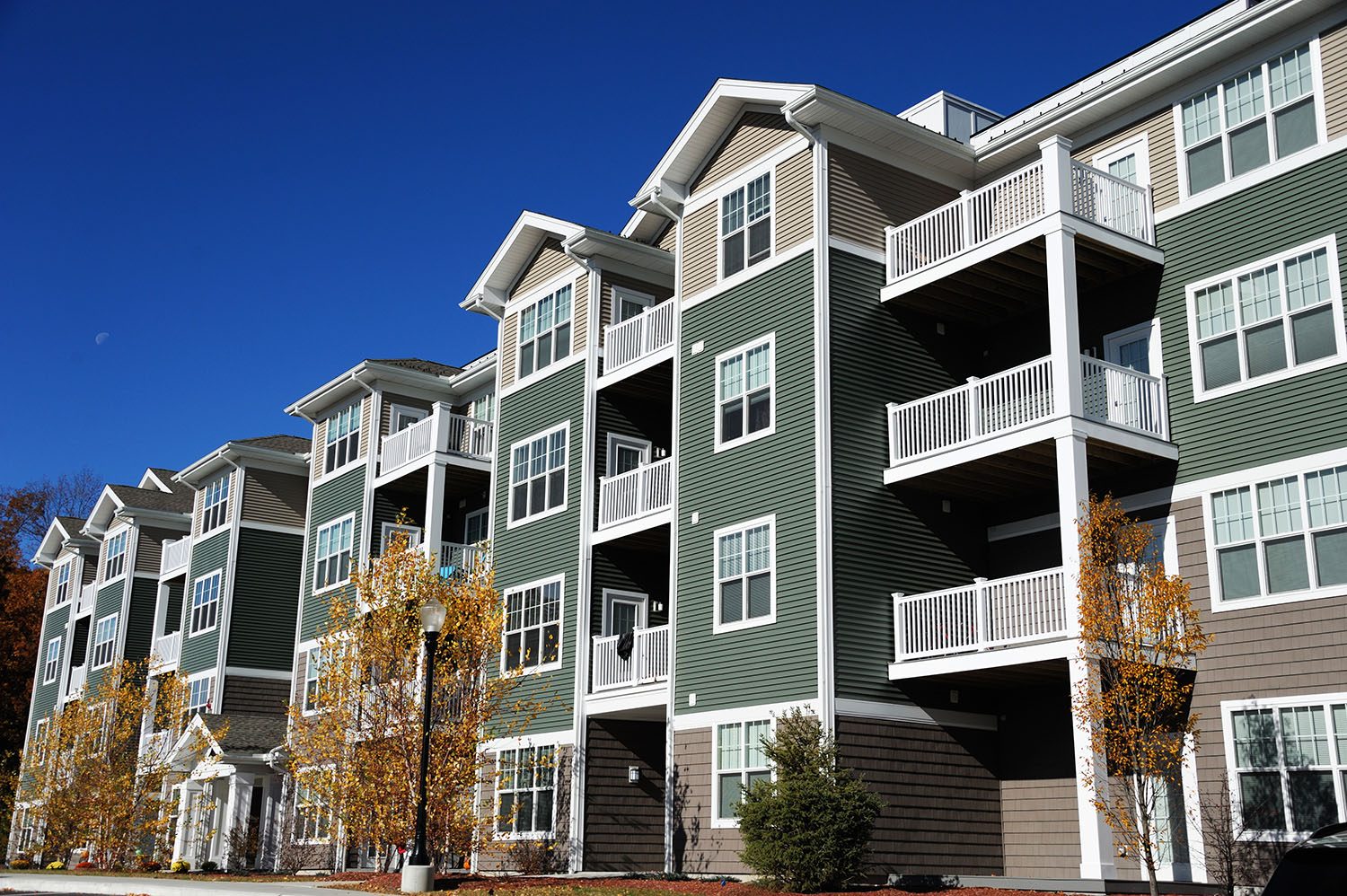Factors that Impact the Cost of Your Siding Project

Siding isn't just about protecting your home; it's also an aesthetic choice that can significantly impact its curb appeal. However, when planning a siding project, it's crucial to understand that several factors influence the overall cost. From the size of your home to the specific style and material you choose, each aspect plays a role in determining the final expenses. In this article, we'll delve into five key factors that can impact the cost of your siding project, helping you make informed decisions and manage your budget effectively.
When you're ready for new siding, try it on your home first with our virtual design tool!
1. The Size of Your Home:
The size of your home is perhaps the most significant factor in determining the cost of your siding project. Larger homes require more materials and labor, driving up the overall expenses. When calculating the size of your home for siding purposes, consider not only the square footage of the exterior walls but also any additional areas such as gables, dormers, and attached garages. These areas may require special attention and can contribute to increased costs.
Moreover, multi-story homes or properties with complex architectural features may present additional challenges during installation, increasing the project timeline and labor costs. Contractors may also need specialized equipment or scaffolding to access higher areas safely. Therefore, it's essential to factor in the size and complexity of your home when budgeting for your siding project.
2. The Style and Profile You Choose:
Siding comes in various styles and profiles, each with its unique aesthetic appeal and cost considerations. The most common siding styles include horizontal lap siding, vertical siding, shingles or shake, and panels, among others. Additionally, the profile of the siding, such as its reveal or the amount of overlap, can affect both the material cost and installation complexity.
Premium or customized siding options, such as cedar shakes or architectural panels, typically come with a higher price tag compared to standard vinyl or fiber cement siding. Moreover, certain styles may require more intricate installation techniques, increasing labor costs. When selecting a siding style and profile, consider not only your budget but also the architectural style of your home and the desired aesthetic outcome.
3. Primed vs. Painted Fiber Cement Siding:
Fiber cement siding has gained popularity in recent years due to its durability, versatility, and low maintenance requirements. One of the decisions homeowners face when opting for fiber cement siding is whether to choose primed or pre-painted panels. Primed fiber cement siding typically costs less upfront since it requires painting after installation. However, homeowners should factor in the cost of paint, labor, and additional time when budgeting for primed siding.
On the other hand, pre-painted fiber cement siding, which is "baked in" during the manufacturing process, eliminates the need for painting after installation, saving both time and labor costs. While pre-painted siding may have a higher initial cost, it can provide long-term savings by reducing maintenance expenses. When weighing the options, consider your budget, preferred color scheme, and long-term maintenance requirements to make the best choice for your home.
4. Replacing Trim:
Trim serves as the finishing touch for your home's exterior, providing visual interest and helping to create a cohesive look. Over time, trim elements such as window casings, door frames, and corner boards may become damaged or deteriorate due to exposure to the elements. When undertaking a siding project, it's essential to assess the condition of the existing trim and consider replacing it as needed.
The cost of replacing trim will depend on factors such as the type of trim material chosen (e.g., wood, PVC, composite), the complexity of the trim design, and labor costs. While replacing trim may add to the overall expense of the siding project, it can enhance the overall aesthetic appeal of your home and ensure that the new siding installation is properly finished and sealed against the elements. Investing in high-quality trim materials can also contribute to the long-term durability and maintenance of your home's exterior.
5. Replacing Boxing, Fascia, or Soffit:
During a siding project, it's essential to assess the condition of other exterior components, such as boxing, fascia, and soffit. These elements play a crucial role in providing structural support and protecting your home from moisture and pests. If these components show signs of damage or deterioration, replacing them as part of the siding project may be necessary.
The cost of replacing boxing, fascia, or soffit will depend on various factors, including the extent of damage, the material chosen for replacement, and labor costs. Wood, vinyl, and aluminum are common materials used for boxing, fascia, and soffit, with each having its own cost implications. Additionally, any underlying issues such as rot or water damage may require additional repairs before the new materials are installed.
6. Replacing Sheathing:
Sheathing serves as the structural backbone of your home's exterior walls, providing stability and support for the siding panels. Over time, sheathing may deteriorate due to moisture damage, insect infestation, or general wear and tear. When undertaking a siding project, it's essential to inspect the condition of the sheathing and address any issues to ensure the longevity of the new siding installation. Unfortunately, issues with sheathing are nearly impossible to identify before the project is underway. You'll want to choose a contractor who will fix underlying issues, not just cover them up, even if that means coming to you with an additional scope of work and higher costs.
Replacing sheathing can add to the overall cost of the siding project, as it involves removing the existing siding, assessing the condition of the sheathing, and installing new panels as needed. The cost of sheathing replacement will depend on factors such as the extent of damage, the type of sheathing material chosen (e.g., plywood, OSB), and labor costs. While it may increase upfront expenses, replacing damaged sheathing is crucial for ensuring the structural integrity of your home and preventing future problems.
Conclusion:
When planning a siding project for your home, it's essential to consider the various factors that can impact the overall cost. From the size and style of your home to the specific materials chosen and any additional preparatory work required, each element plays a role in determining the final expenses. By understanding these factors and working closely with experienced contractors, you can ensure that your siding project stays within budget while achieving the desired aesthetic and functional outcomes for your home. When you're ready to take the next steps, check out our tips for choosing the best siding for your home.


